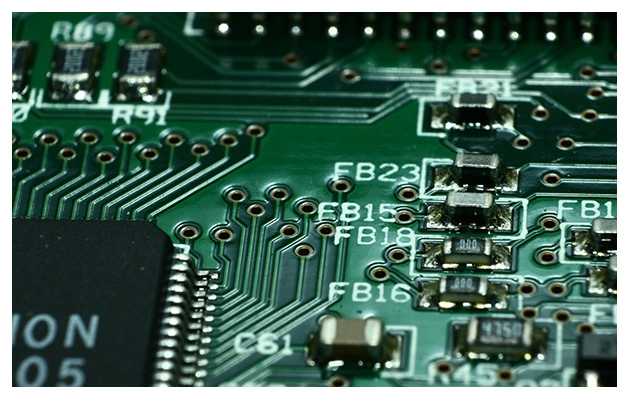DC-DC converter is a common power converter device mainly used to convert one DC voltage to another voltage level. Due to its high power and efficiency, small size, and light weight, DC-DC converters are widely used in fields such as computer, communication, industrial automation, automotive, aerospace, etc.
Here are some application scenarios for DC-DC converters:
1. Communication equipment: DC-DC converters are often used in power management circuits of communication equipment to provide different voltage levels and ensure stable power supply.
2. Automotive industry: DC-DC converters are also widely used in automobiles, which can convert the voltage of car batteries into the voltage levels required by various electronic devices in the car.
3. Industrial control: DC-DC converters are also commonly used in the field of industrial control to provide different voltage levels required by machines and other equipment.
4. Solar energy application: DC-DC converters are also used in solar panels, which can convert the low voltage output from the solar panels into DC power to drive heaters, fans, water pumps, etc.

When using DC-DC converters, the following points should be noted:
The range of input voltage and output voltage: The input voltage and output voltage range of the converter should meet practical needs. If the input voltage or output voltage exceeds the operating range of the converter, it may cause damage or malfunction of the converter.
Load characteristics: The load characteristics of the converter have a significant impact on performance. If the load is too large or too small, it may cause a decrease in the performance of the converter or prevent it from working properly.
Switching frequency: The switching frequency of a converter also has a significant impact on performance. Too high or too low a switching frequency can lead to increased losses or malfunction of the converter.
Cooling system: During the operation of the converter, heat is generated, and an effective cooling system is needed to carry away the heat to ensure the stability and reliability of the converter.
Reliability and stability of converters
The reliability and stability of the converter are key factors to ensure its normal operation and service life. In order to improve the reliability and stability of the converter, it is necessary to pay attention to the following aspects:
Selection: Select appropriate converter models and specifications based on actual application needs.
Installation: Install the converter correctly to ensure good contact and prevent malfunctions caused by poor contact.
Maintenance: Regular maintenance and inspection of the converter, timely detection and handling of faults, ensuring the stability and reliability of the converter.
Protection: Take effective protective measures for the converter to prevent external factors from damaging it
The above is the relevant introduction of the converter.

